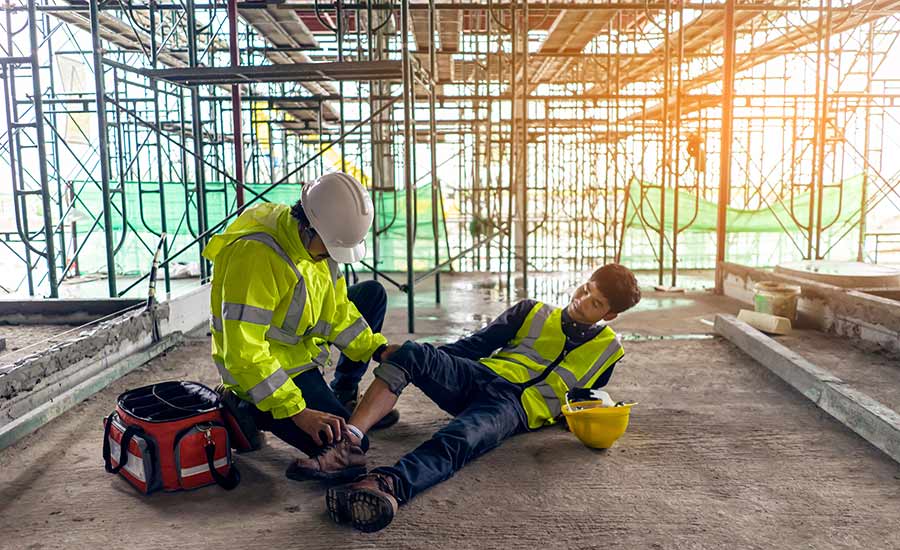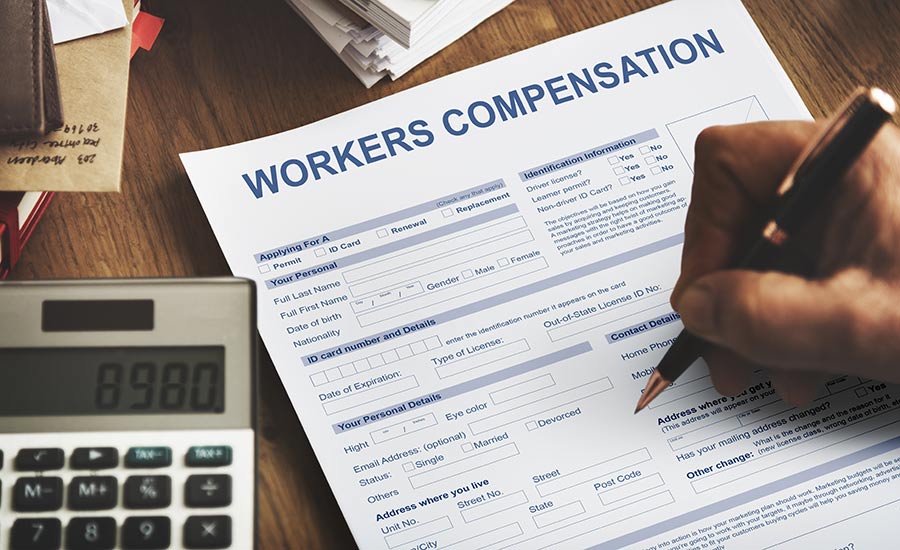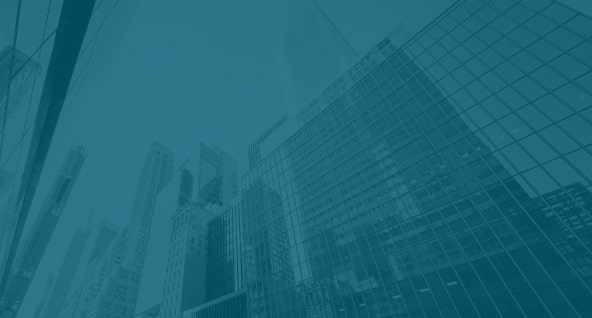

In 2020, 31 out of every 10,000 full-time construction employees suffered non-fatal injuries from slips, trips and falls. Even more jarring, these types of accidents accounted for one third of fatal outcomes in the industry that year.
Without the proper precautions in place, a construction site can be a dangerous place where an accident is likely to occur.
If you suffered injuries from a slip and fall at a construction site, you may be entitled to workers’ compensation and/or compensation from a personal injury lawsuit.
We’ll share all you need to know about taking legal action after a slip and fall, including the types of compensation you can pursue and how our New York law firm, Spar & Bernstein, can help you fight for a maximum settlement after a construction accident.
Common Causes For A Slip And Fall At A Construction Site
There are two types of slip and fall accidents: falls on the same level and falls to a lower level. The most common causes for a slip and fall at a construction site include:
- Loose cables, wires and hoses
- Wet or slippery walking surfaces
- Sloped walking surfaces
- Changes in levels
- Loose flooring
- Bad lighting
- Ramps without slip and skid prevention surfaces
- Unmarked potholes, trenches and holes
- Missing rails
- Defective rails or ladders
- Poorly maintained walkways and platforms
- Debris and clutter
- Poor training
- Poor weather conditions
- Worn footwear
Injuries After A Slip And Fall At A Construction Site
The most common injuries after a slip and fall at a construction site include:
- Sprains
- Fractures
- Cuts and lacerations
- Concussions
- Traumatic brain injuries
- Knee and ankle injuries
- Back injuries
- Elbow, wrist and shoulder injuries
- Spinal cord injuries
- Organ damage
- Wrongful death
If you suffered injuries from a slip and fall at a construction site, call our personal injury attorneys at Spar & Bernstein.
With over five decades of experience and successful outcomes for thousands of victims in New York and New Jersey, our knowledgeable attorneys at Spar & Bernstein will review the details of your slip and fall accident, define liability and help you seek compensation for your injuries.
From fighting to cover your immediate expenses to securing finances for your long-term medical needs, our team will take care of the legal details so you can focus on your recovery.

What To Do After A Slip And Fall At A Construction Site
If you slip and fall at a construction site, making sure that your injuries are properly treated is the priority.
After a slip and fall accident:
- Remain still if you believe you have injured your head or back.
- Call an ambulance — the emergency team will transport you to the hospital for treatment and prepare a medical report which you can later use as evidence in your lawsuit.
- Take pictures or videos to document the accident scene and your injuries. If your condition does not allow you to do so, ask a coworker to help.
- Collect the contact information of any witnesses to your slip and fall.
- Make sure you report the incident to your supervisor but do not speak to other managers and supervisors in the company — be brief and provide only the necessary details.
- Avoid interacting with the safety inspector on the construction site — communication can make it more difficult to obtain maximum compensation, as the majority of safety inspectors collaborate with insurance companies.
- Do not sign any document presented to you by your employer, insurance company representatives or other people at the construction site (except for the initial time you let your employer know about the incident).
- Do not post information about your accident on social media.
- Reach out to a trusted personal injury firm, like The Law Offices of Spar & Bernstein
Compensation For A Slip And Fall At A Construction Site
If you were injured as a result of slip and fall at a construction site, you may be entitled to workers’ compensation and/or compensation awarded from a personal injury lawsuit.
Workers’ Compensation
Workers’ compensation is a type of insurance that employers must carry in the majority of states, as a safety net for employees who work in dangerous industries, like construction.
Typically, workers’ comp does not allow you to file a lawsuit against your employer, as it becomes the “exclusive remedy” for employees with their employer.
Designed to cover surgery and hospitalization costs, lost wages and other expenses associated with a worker’s on-the-job injuries, workers’ compensation can ease the immediate financial burden after a slip and fall accident.
However, workers’ compensation focuses on economic damages only, without including compensation for pain and suffering, mental anguish, loss of companionship or loss of enjoyment of life — non-economic damages that can be recovered in a personal injury lawsuit.
Although rare, you may be able to sue your employer for negligence in some states. For example, in New York, you may be able to sue for negligence if:
- Your employer does not carry workers’ comp when it is mandated by the state
- Your injuries were caused by your employer’s intentional behavior
- The injuries you sustained were grave, meaning permanent and total loss of use of an arm, leg, hand or foot
Personal Injury Lawsuit
While workers’ comp generally does not permit you to file a lawsuit against your employer, you may be entitled to compensation for your injuries from parties other than your employer, whose actions, lack of actions or negligence contributed to your slip and fall.
Liable parties can include:
- General contractors
- Manufacturers of faulty ladders
- Sub-contractors
- Property owners
- Government agencies
A personal injury lawsuit allows you to seek:
- Economic damages, including hospital and medication expenses, lost income, household expenses or lost future earnings
- Non-economic damages, including mental anguish, pain and suffering, loss of companionship and loss of enjoyment of life
To sue a third party for a slip and fall at a construction site, you need to prove that:
- The party owed you a duty of care
- The party failed to provide the duty of care
- You suffered injuries that were a proximate result of that failure to provide a duty of care
Sometimes, more than one party may be held accountable for a slip and fall, in which case you may be able to sue several different companies.
Our attorneys at Spar & Bernstein will determine whether you are entitled to workers’ comp, a personal injury lawsuit or both, after your accident.
We will determine the parties that should be held liable for your injuries and fight for maximum compensation on your behalf.

Suffered A Slip And Fall Accident On A Construction Site? Contact Spar & Bernstein
If you suffered a slip and fall accident at a construction site, contact our knowledgeable personal injury attorneys at Spar & Bernstein.
With over 50 years in personal injury law, our attorneys will fight on your behalf to ensure that we’re able to recover maximum compensation for your injuries.
Our experienced and compassionate attorneys will help you navigate through the complex legal process of filing a personal injury lawsuit by:
- Defining liability
- Gathering evidence
- Consulting medical experts about the extent of your injuries
- Filing your lawsuit
- Handling negotiations with insurance companies
- Representing you in court conferences, motions and depositions, amongst other court proceedings
- Representing you at trial, if an out-of-court settlement is not reached
Our portfolio of success stories includes $5 million in compensation for a client who fell down an elevator shaft, $3 million in recovery for a client who fell off a scaffold, and $2.1 million in compensation for a client who suffered a slip and fall accident at a construction site.
How To Prevent Slip And Fall Accidents At A Construction Site
Taking steps to actively prevent accidents at a construction site is vital to ensuring that you stay safe on the job.
To prevent incidents in the future:
- Wear personal protective equipment (PPE), including safety shoes, a hard hat, work gloves and eye protection, when working at a construction site
- Be aware of the risks of a slip and fall accident when working on elevated platforms
- Make sure there are guardrails that are properly installed when working in areas with a high risk of slipping and falling
- Inspect the rails and stairs and if needed, secure them before starting work
- Avoid using broken or damaged ladders
- Keep walkways clear of clutter and other trip hazards
- Keep hoses, wires and cords neatly organized and out of the walkways
- Secure moving surfaces
- Make sure your view is never blocked
- Mark spills and wet areas
- Clean spills immediately
- Make sure the area where you are working is well lit and visibility is clear
- Wear anti-slip, waterproof footwear
- Work only in enclosed spaces when the weather conditions are not ideal





